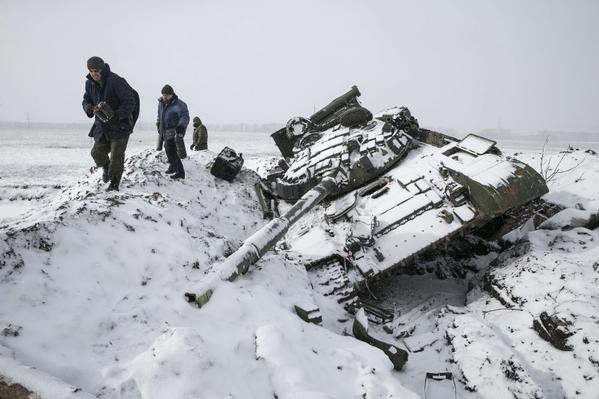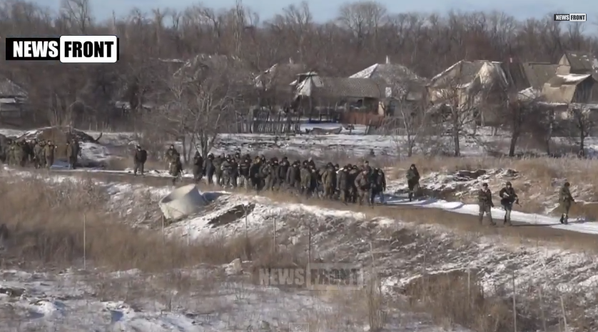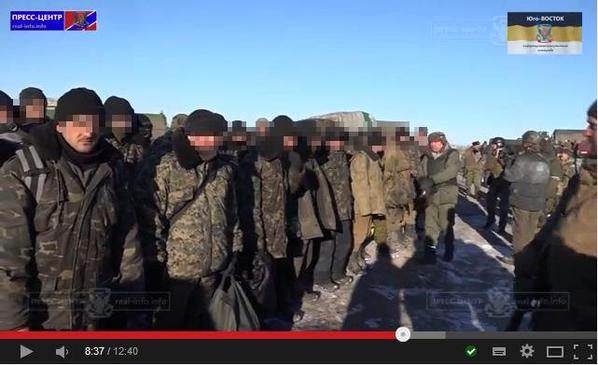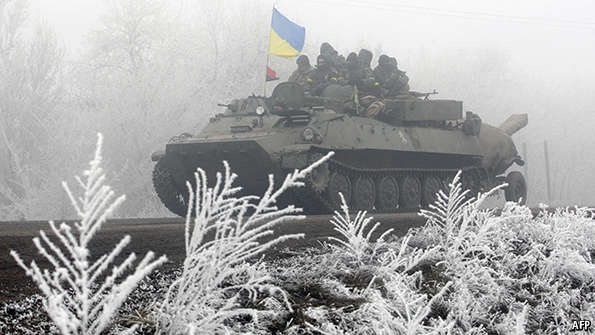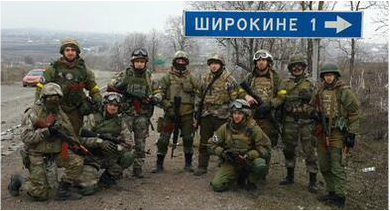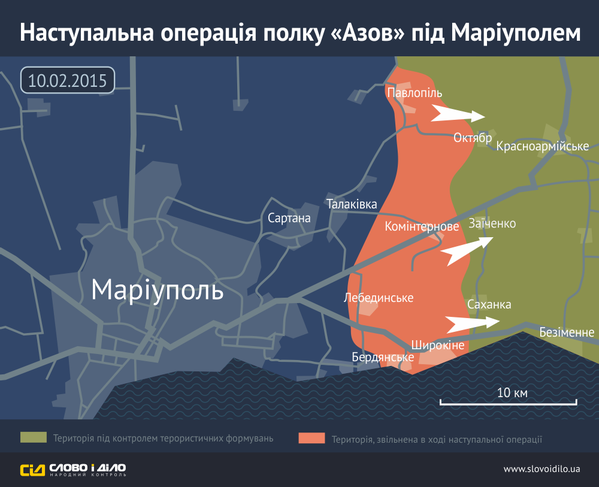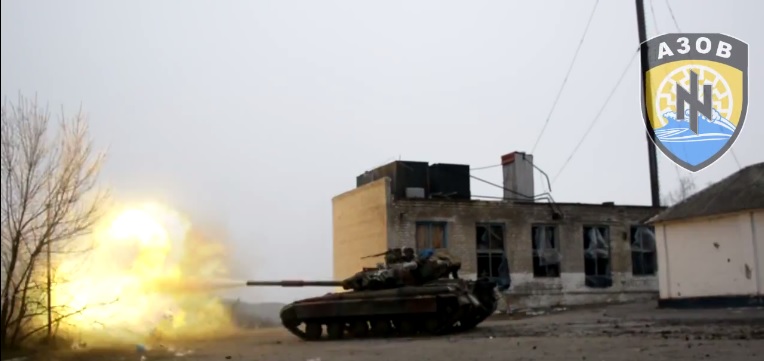T
his closes up the “Debaltseve Pocket” which I wrote about in Post-#283 last week. The total loss was predicted as early as January 27th by a German military intelligence analyst writing under the alias Conflict Reporter, one of the best sources on the war. The end of the fighting at Debaltseve will free up many thousands of pro-Russian rebels for action elsewhere in the present Ukraine war.R
ebel leaders in East Ukraine in 2014-15 have said that Ukraine Army prisoners taken in this war will be tasked with “rebuilding the ruined cities” in the warzone after independence, i.e. forced labor.Stalin must’ve refused to release the Stalingrad prisoners all those years because they were symbolic of the greatest single Soviet victory in the war (Khruschev finally released them two years into his term as Soviet leader). Debaltseve is likewise a symbol of Russian superiority of arms, as they may see it, and perhaps of Ukraine’s inability to win the present war
.Conspiracy Theories about the Ukraine Army Command
The most obvious explanation for the fall of Debaltseve is a combination of (a) the Ukrainian Army’s incompetence, (b) heavy Russian intervention plus (c) Russian determination to have their Stalingrad 2015. Depending on your point of view, which side you favor and/or oppose, it seems to me that one will emphasize one or the other of these. All may be valid and explain things well enough. There are also two “conspiracy theories” circulating among serious people.
(1) Mixed Loyalties, or, as some might call it, “treason”. The Kiev military hierarchy is full of old hands from the Soviet era with deep ties to Russian state security (the successor to the KGB), and perhaps vague personal loyalties to “Soviet identity” (an identity that persists strongly in places into the 2010s, as I learned from my time in Kazakhstan). Hundreds in the Ukraine Army have been arrested for spying in the past year. One high-placed officer was arrested two weeks ago for passing secret information on Ukrainian positions to the rebels, which was used to coordinate attacks. (If true, this seems to be blatant treason, no two ways about it, and in any nation at war would call for the firing squad, wouldn’t it?). In other words, this conspiracy theory has it that the Ukraine Army’s own general staff has elements in it that want Ukraine to not win the war as it exists at present — i.e. a war pitting Ukraine as a supposed NATO proxy against the Rebels as a supposed (definite) Russian proxy. These elements in the Ukraine Army, the conspiracy theory holds, subtly sabotage the war effort. This seems a wild theory but has believers in Ukraine itself.
Here is the story of a Ukraine Army Lieutenant Colonel arrested for spying on Feb. 4th, 2015:
[Recently-arrested Ukraine Army] Lt. Col. Mykhailo Chornobai had been at the center of an espionage ring in the capital and had passed military secrets directly to an agent of the separatist Donetsk People’s Republic, including the locations of volunteer regiments that were then used to pinpoint artillery attacks. […] Colonel Chornobai was among about 300 people working in the military sphere who had been arrested since the start of the conflict.
The arrest further deepened mistrust of the leadership in Kiev that is already pervasive among the poorly equipped rank-and-file soldiers and midlevel commanders fighting on the front line. And it reinforced a view prevalent on the battlefield that the military leadership cannot be trusted to manage any weapons delivered by Western allies because of their ties to the Russian military and security service, the F.S.B. […]“Very often one cannot tell where the F.S.B. stops and one of our military units begins,” said Semyon Semenchenko, a pro-government paramilitary leader [of the Volunteer Donbas Battalion] and member of the Ukrainian Parliament, referring to the Russian successor to the K.G.B. […] [NYTimes]
It seems everyone knows that Russia is a defacto belligerent in this war, with constant flows of men and material to the rebels to include lots of shiny new equipment and alleged active-duty Russian soldiers. The big players (NATO, Western governments) and Putin himself don’t want to quite admit this, in a mutual Emperor’s New Clothes situation. Definitely a large majority of rebel fighters are actually from Russia, of course. Some are Middle Eastern (Caucauses) by appearance and others even East Asiatic, which is a dead giveaway that they are from Russia’s Far East.
Then again, the rebels’ entire point is that East Ukraine is majority-Russian, and the border is artificial, which is true.
Meanwhile, the Ukraine’s volunteer units in this war (which were raised outside the purview of the Army during the crisis last year) it seems continue to have high morale relative to the hapless government soldiers.
I recently learned that an American citizen, age 55, a former U.S. Army Ranger, of Ukrainian heritage, and an early member of the pro-Ukraine Donbas Volunteer Battalion, was killed last August, just weeks after giving an interview with Canadian journalists (here it is on Youtube). His name was
Mark Paslawsky, born in New Jersey but moved to Ukraine in the 1990s. He was one the 1,000 or so on the Ukrainian side killed in the disaster at Ilovaisk. The best of the volunteer units is the Azov Volunteer Battalion, which continues to fight in the south.
An Azov Battalion tank in action at
Shyrokyne:
